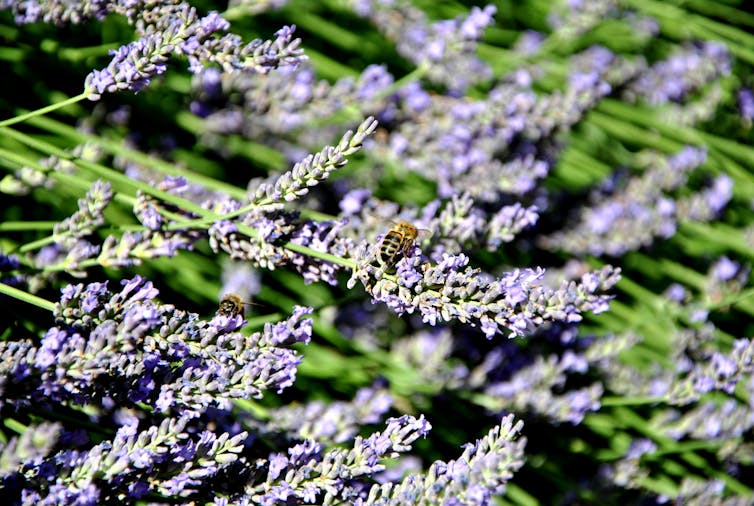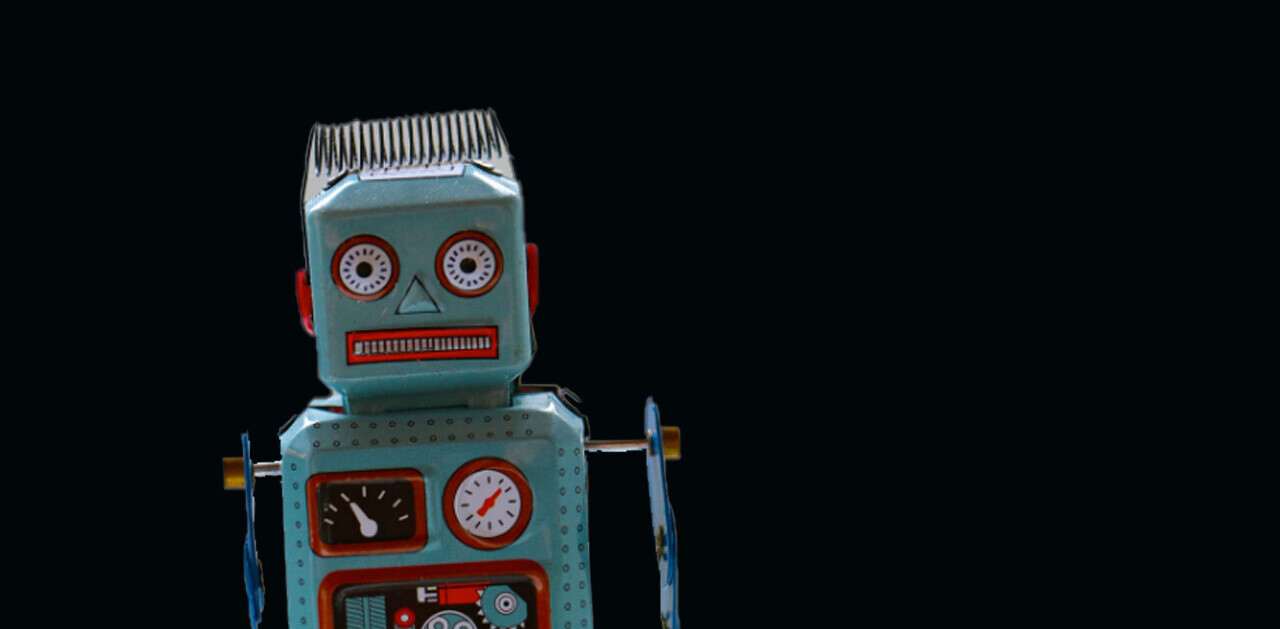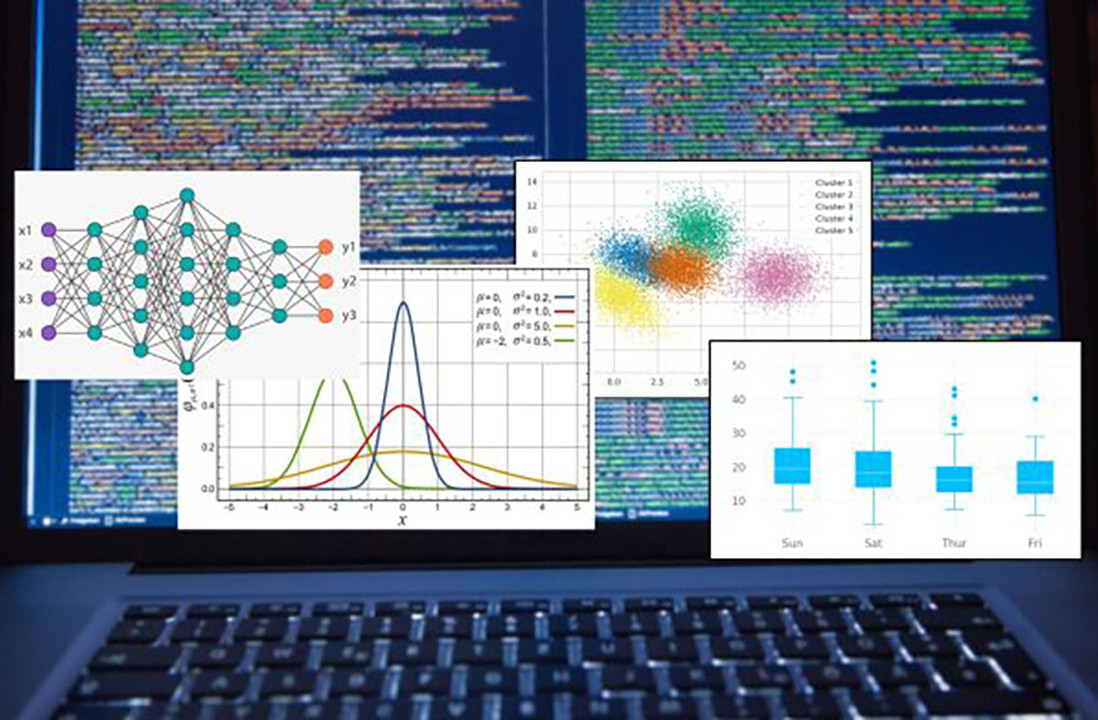
Planting bee-friendly plants seems to be the new fad in many cities around the globe. In the UK, amateur gardeners regularly try to attract such insects, while in France, farmers have offered land to help beekeepers . In other countries, such as Canada, cities adopt pollinators. Some companies even undertake wildflower planting efforts.
But not all plants can satisfy the nutritional requirements of bees and some may be more useful than others in balancing bee diets.
From early spring to autumn, pollinating insects, such as bees, use the rich food resources supplied by plants in the form of nectar and pollen. Nectar is the source of energy needed for all insect activity, while pollen is a source of building material especially for larvae to achieve their final adult shape.
The nurse bees ingest pollen, nectar and water to feed the larvae and the digested compounds are used to make jelly. But its caloric value relies on the nectar and pollen used.
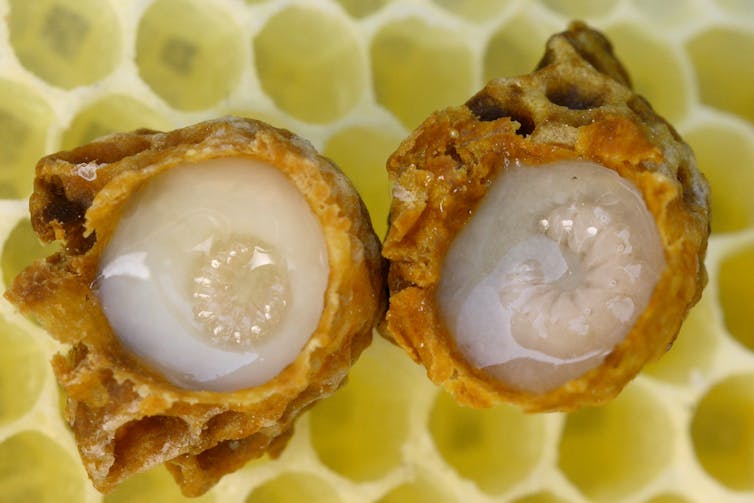
Jelly building blocks
The jelly is organic matter and composed of various organic substrates, such as specific sugars, lipids, proteins, vitamins, amino-acids and enzymes. All these organic substrates are constructed of atoms of specific chemical elements, like carbon, nitrogen, phosphorous, sodium, potassium, copper and zinc.
Research covering the proportions of various atoms that make up living organisms and their food sources is called ecological stoichiometry or biological stoichiometry. This approach was used for our investigation of honeybees’ nutritional needs and how they may be fulfilled only if pollen diversity and adequate species composition is available for them.
There is an important feature that differentiates organic substrates from atoms. Organic substrates are mutable (for example, they may be transformed into different substrates) and may be produced by living organisms utilizing available atoms.
Atoms are immutable – they cannot be transformed into different atoms and cannot be produced by living organisms. Therefore, mutable organic substrates are built of immutable elements. But how is this related to the production of good quality jelly for the growing bee larvae?
Sugars – the source of energy for bees – are made up of only three elements: carbon, hydrogen and oxygen. Other organic substrates that are necessary for body-building and body maintenance are composed of other elements in addition to the carbon, hydrogen and oxygen, such as nitrogen, phosphorous, sodium, potassium, copper and zinc. Atoms of these other elements must be incorporated into the bodies of growing bee larvae.
Pollen is the exclusive source of these elements for bees. Therefore, to produce good quality jelly, pollen must provide the bees with the required proportions of the atoms of body-building elements. And is every pollen, produced by various plant species, similar in this respect?
Well, no.
Pollen collection by honeybees.
Seven crucial bee foods
Our latest study showed that various species of pollen differ in their elemental composition and therefore provide atoms of particular elements in varying proportions. These proportions are often imbalanced for bees – they contain too many atoms of some elements and too few of others.

Our results show that seven elements are particularly important for bees: sodium, sulphur, copper, phosphorous, potassium, nitrogen and zinc.
The atoms of these elements are often scarce in pollen but must be provided in high proportions in the food of growing bee larvae. However, the concentrations of these elements in pollen show high taxonomic variability, which means that some plant species produce pollen scarce in these important elements, while others produce pollen rich in them.
Imagine two pollen species: A and B. Pollen A is rich in sulphur but scarce in potassium and pollen B is scarce in sulphur but rich in potassium. To collect the sulphur and potassium they need, bees need to mix these two pollens.
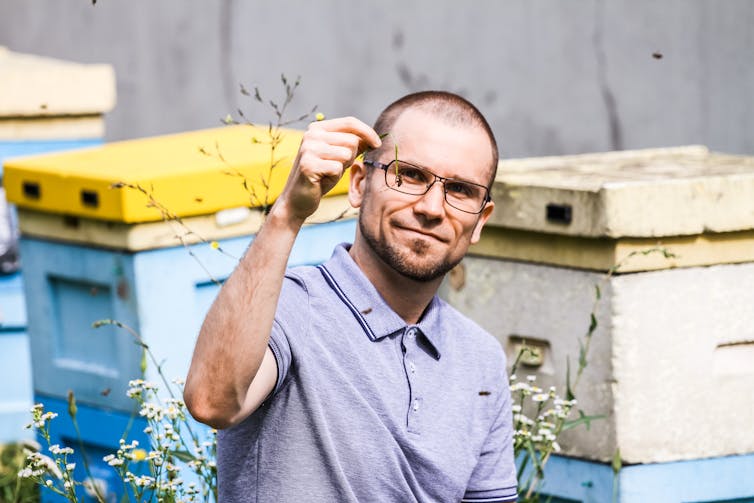
Pollen mix
But not all plants produce pollen that satisfies the elemental requirements of bees and mixing of random pollen species is not enough. Therefore, plants should not be evaluated and planted as adequate sources of bee food based solely on the quantity of pollen and nectar produced.
Plantations of single-species crops could actually limit bee development. Instead, floral diversity may be necessary to gather the appropriate proportions of nutritional elements and the right mix of pollen.
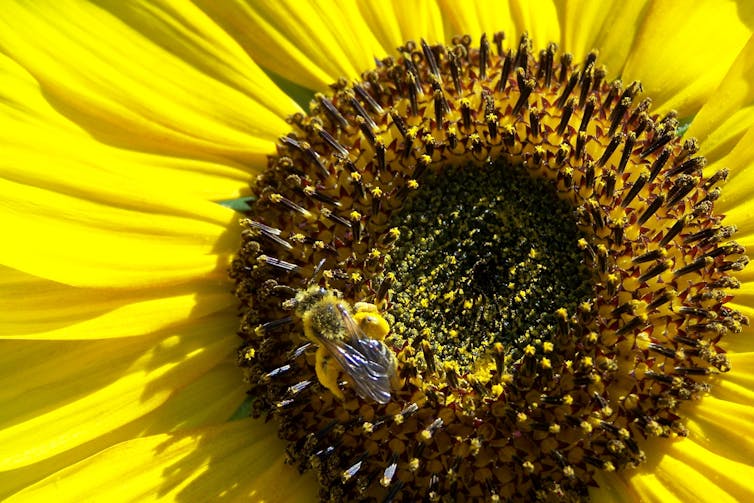
A new factor explaining bee decline
Lack of plant diversity is suggested as an indirect factor responsible for the pollinator crisis. But we revealed that the absence of the right mix of pollen is one of the main factors affecting bees. This may improve our understanding of pollinator decline and could result in more successful intervention strategies.
We propose that farmers, gardeners and cities grow plants that help honeybees provide a balanced diet for growing larvae. We know that such plants include clover, broad bean, poppy, gorse, turnipweed, common camellia, magnolia-vine, and about 10 other species, but we need more studies, focusing on various pollen-producing plants, including those pollinated by wind.
In particular, we propose planting such plants near areas of single-species crops to limit their negative influence on bee larval development. Additionally, bees should have access to dirty water, such as puddles rich in decaying matter or slurry.
These are willingly utilised by bees to allow them to supplement sodium, which is extremely scarce in pollen. If such a supplementation is impossible, honeybees should be provided with slightly salted water.
So if you want attract bees and give a helping hand to mother nature, think twice about that lavender and sunflower crop and make sure to add some clover and magnolia. The bees will thank you for it.![]()
This article is republished from The Conversation by Michał Filipiak, Environmental Biologist, Institute of Environmental Sciences, Jagiellonian University under a Creative Commons license. Read the original article.
Get the TNW newsletter
Get the most important tech news in your inbox each week.
